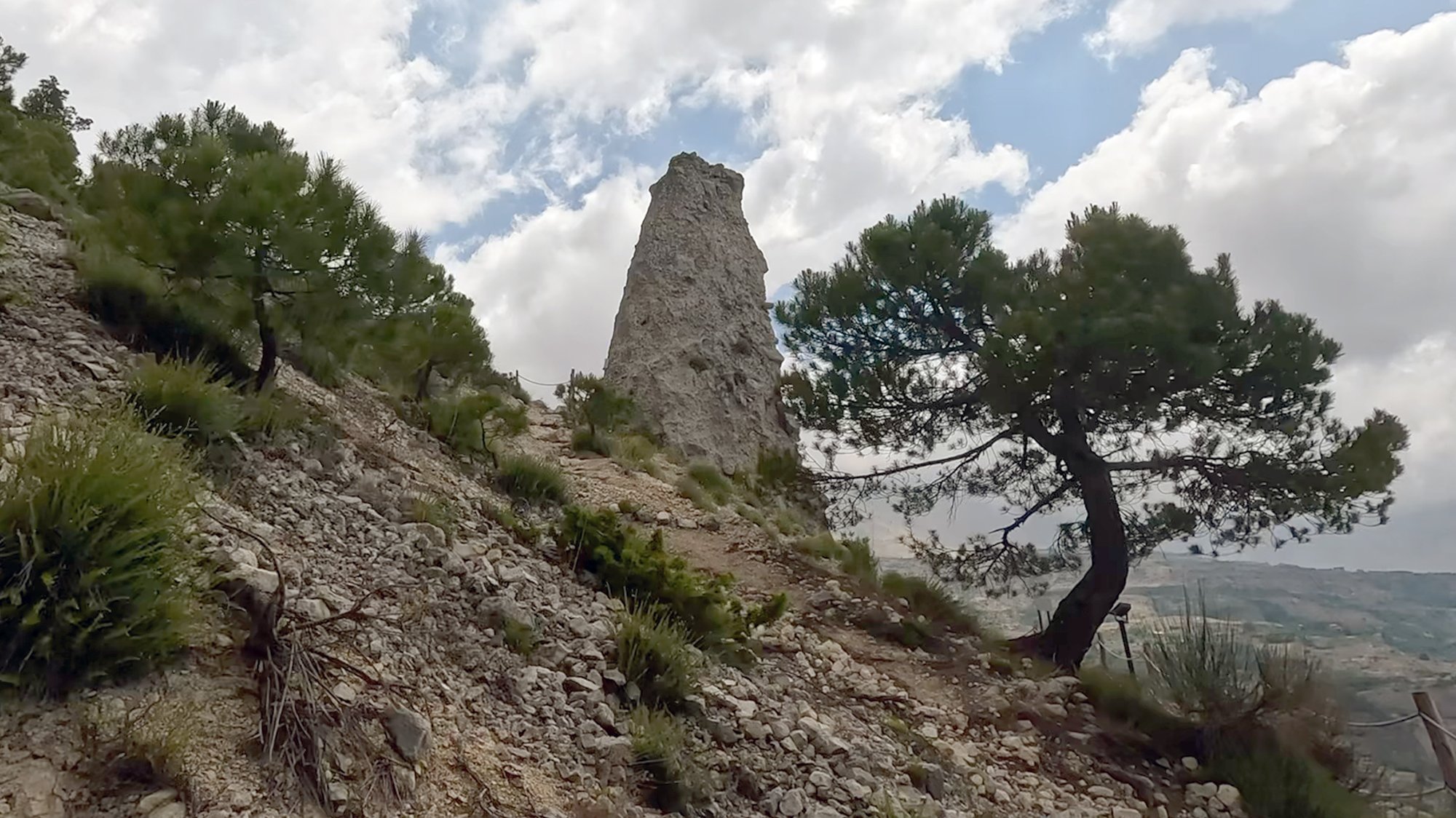
Bcharre’s Forgotton Tomb
Let me tell you about something really fascinating we came across while exploring the hills above Bcharre.
There’s this large stone obelisk that dates all the way back to Phoenician times. It’s a hidden gem not too many people know about.
East of Bcharre, you’ll find what used to be a conical rock, but the ancient creators cut away at its sides, transforming it into this tall, striking obelisk. It’s not just a single stone structure—there’s a tomb inside. The tomb chamber has four burial spaces, though there are no inscriptions to tell us exactly who was laid to rest here. Based on the style and construction, it’s believed to date back to around the 8th century BCE.
So, getting there is pretty easy. Bcharre itself is quite accessible, and the tomb is located at the eastern edge of town, close to the Kahlil Gibran Museum—another spot you might want to check out while you’re in the area. From the parking spot, you take a footpath that leads up to a cave dedicated to Notre-Dame de Lourdes, and a bit further up, there it is—the Phoenician tomb.
What’s interesting about the tomb is that it’s built in a pyramid structure, but the real magic is inside. The stone and mud construction gives it that ancient, authentic feel, and it includes four burial chambers. The pyramid itself is hollow, which allowed the smoke from incense to rise and guide the spirits of the deceased on their journey to the gods. It’s thought that the location was chosen for its rocky, calcareous nature, which helped preserve the bodies for longer periods of time.
Inside the tomb, you’ll find grooves where the sarcophagi were placed. They were slid in like drawers into the walls of the chambers, almost as if the mountain itself was meant to cradle the dead.
This place is such a cool slice of ancient history tucked into the Lebanese landscape, and standing there, you really feel connected to something much older than you can imagine. It’s definitely a spot that shouldn’t be missed!

